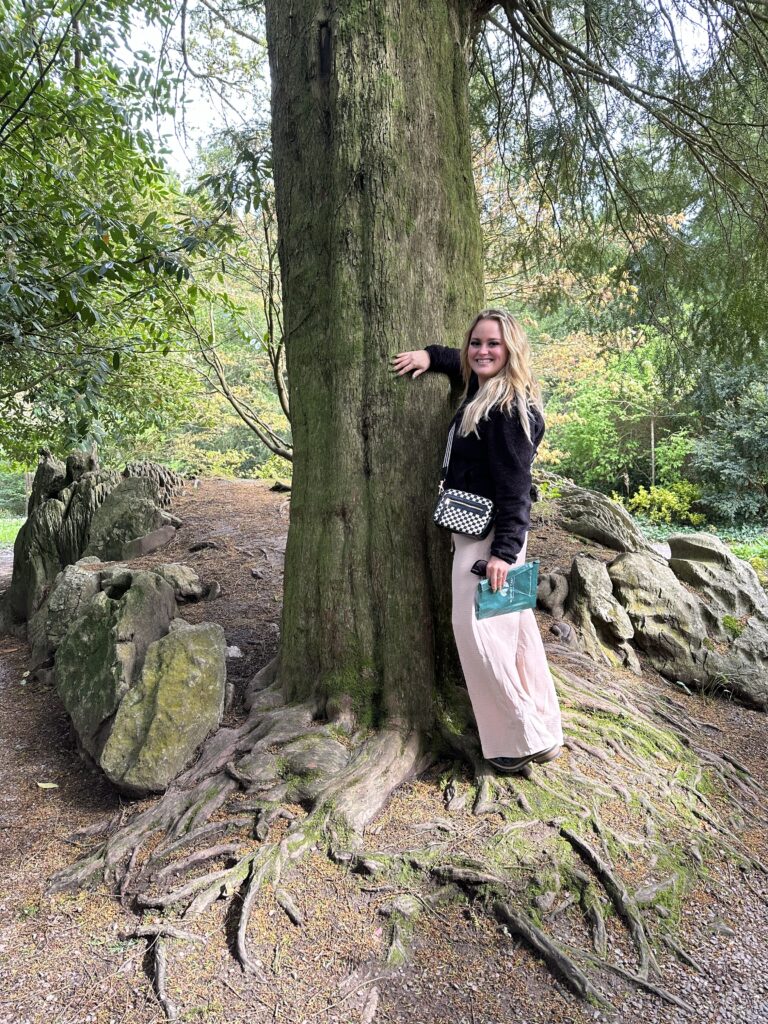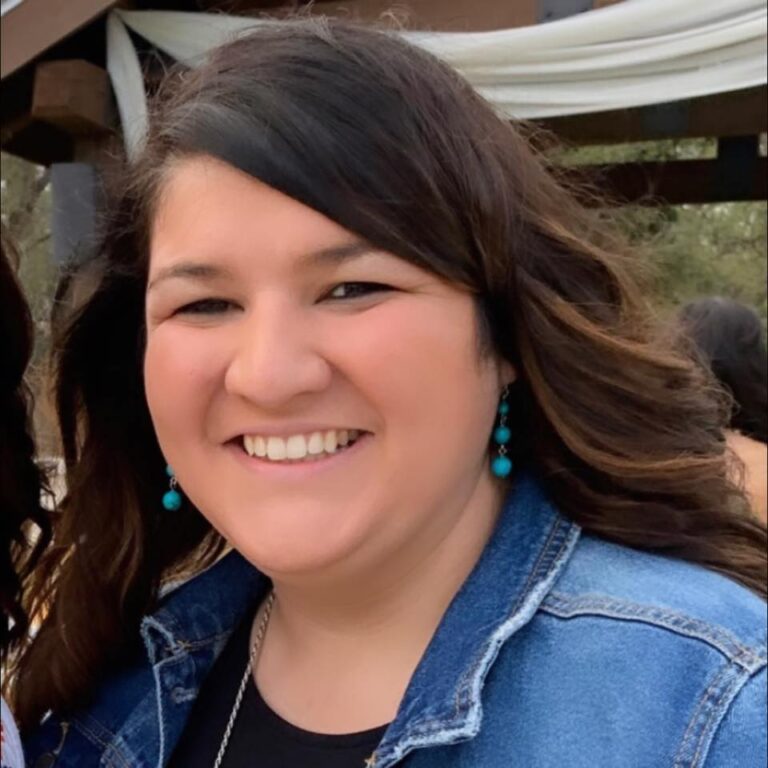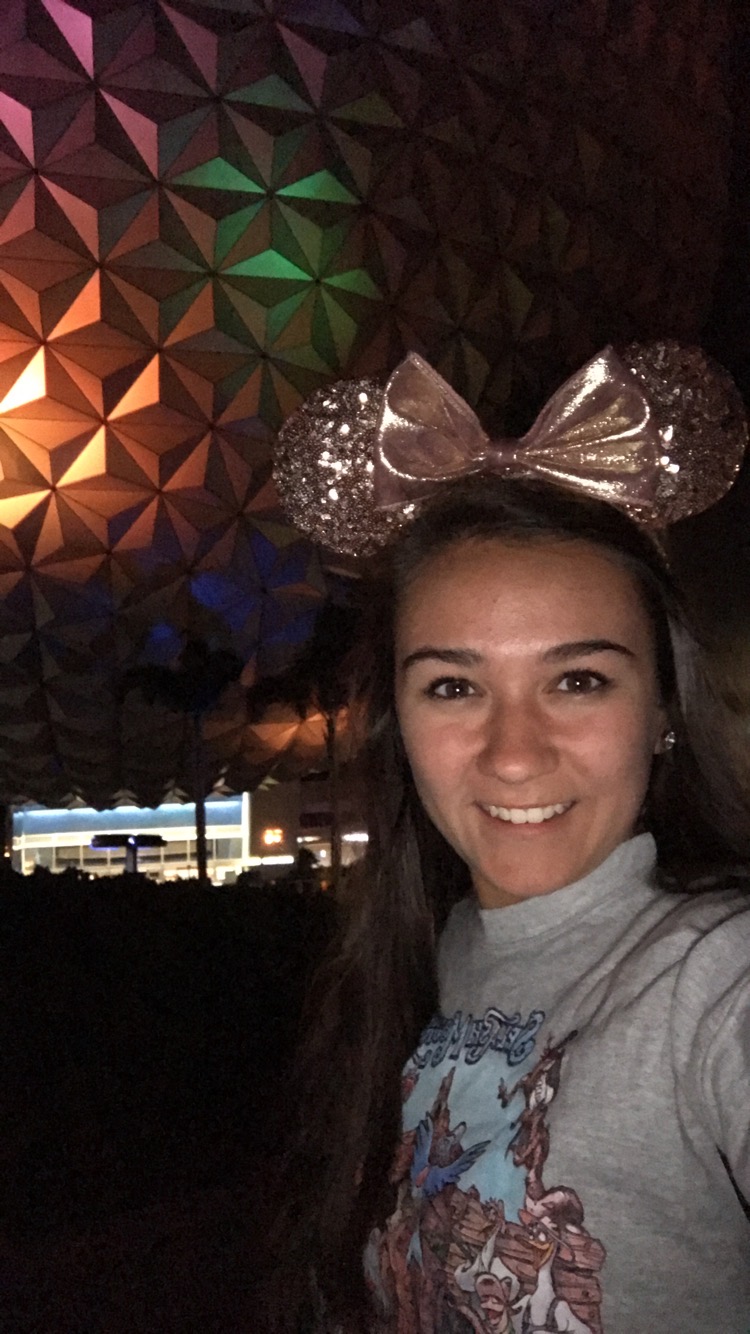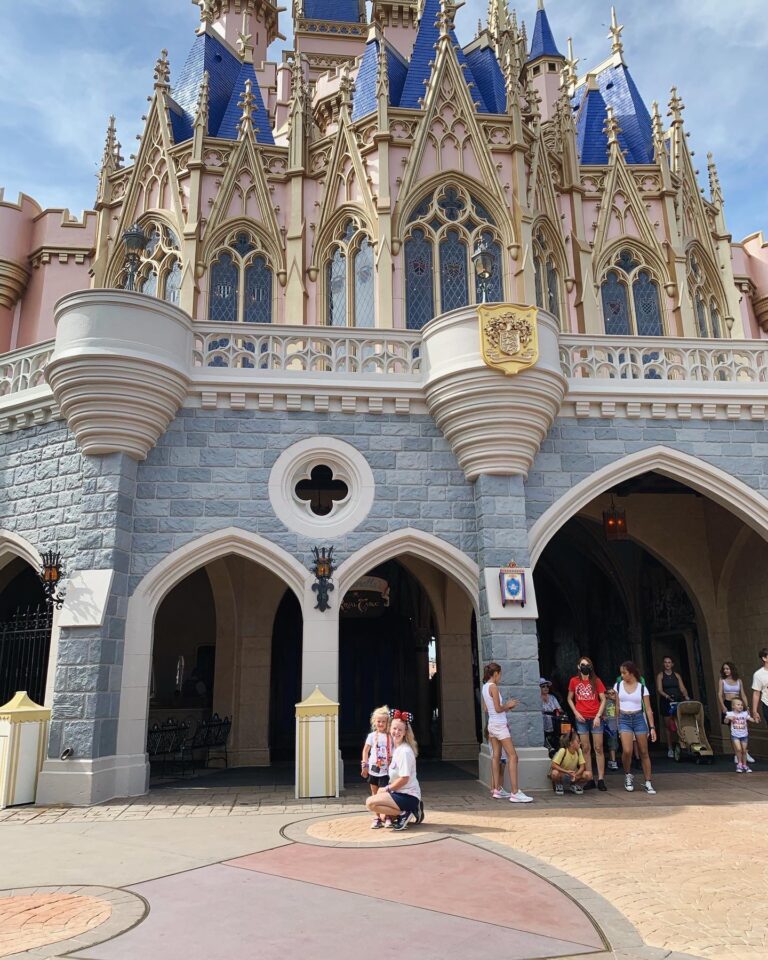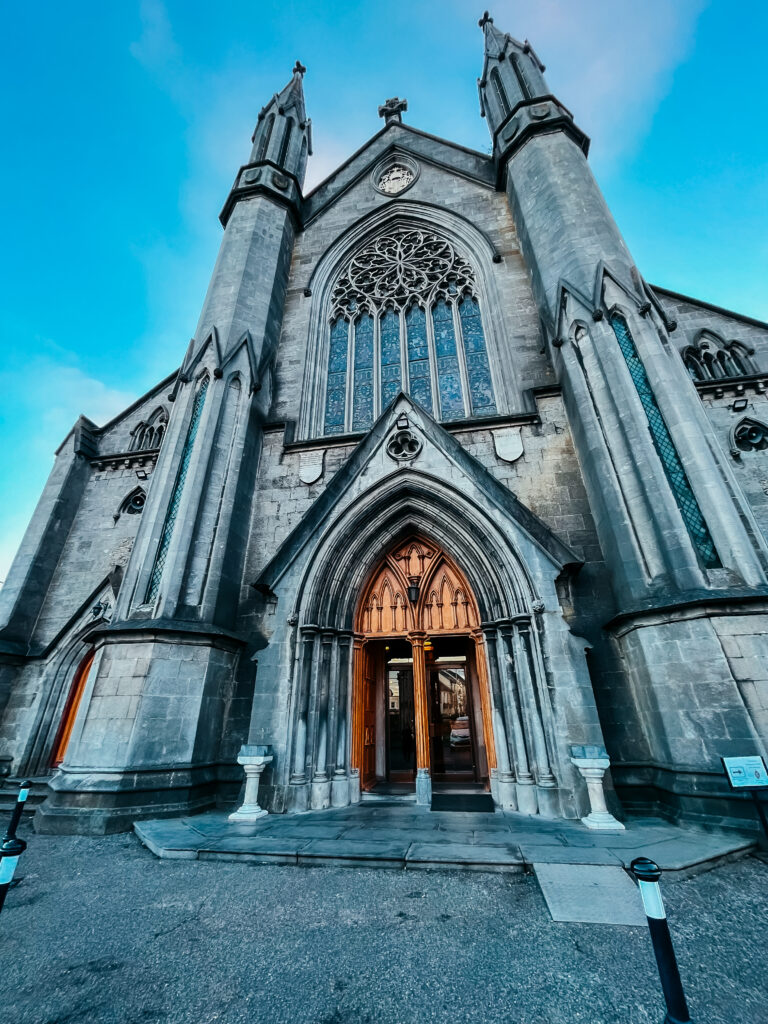Overview
Introduction
With the discovery of gold in the foothills east of Sacramento, California's destiny took a dramatic turn in the late 1840s. The California gold rush was on, and the area was invaded by the "forty-niners"—named for the year when most of them arrived. Today, the region has a number of museums and historic sites related to the gold-rush era. A few of them could be seen on a daylong excursion from Sacramento, but there is enough to see along Highway 49 to justify a leisurely weeklong trip (best in spring, when temperatures are balmy and the hillsides are abloom with wildflowers).
The first nugget of gold was discovered in 1848 at a mill owned by John Sutter. Today, a replica of the mill stands at Lotus County Park in Coloma, located 35 mi/55 km northeast of Sacramento. The Gold Discovery Museum at the park has displays about the gold rush and other aspects of the area's history.
Spending a day in the area around Nevada City, about 60 mi/97 km northeast of Sacramento on the northern boundary of Gold Country, will give you an idea of the world that gold built. Nevada City is the most authentic gold town in the area, with its gas streetlights and Victorian buildings. Two sites not to miss are the National Hotel (said to be the oldest continuously operating hotel west of the Rocky Mountains) and the Malakoff Diggins State Historic Park.
The neighboring town of Grass Valley retains the flavor of its Cornish heritage (many of the miners were from the tin-and copper-mining areas of Cornwall, England). A handful of the restaurants still serve the meat- and potato-filled Cornish pasties made from recipes handed down from their forbearers. An excellent collection of mining artifacts is on display at the North Star Mining Museum on the outskirts of town. And don't miss 785-acre/318-hectare Empire Mine State Historic Park in Grass Valley, the site of one of the richest and oldest hard-rock mines in the state. It closed in 1956.
For more Gold Country highlights, plan a trip along Highway 49, which connects most of the significant gold rush sights along a 400-mi-/645-km-long foothill corridor that extends to the Yosemite National Park area. Among places worth exploring: Old Town Auburn, on Interstate 80; Angels Camp, which inspired Mark Twain's story The Celebrated Jumping Frog of Calaveras County (it holds a jumping-frog contest the third weekend in May); Jamestown, where you can still pan for gold; Coulterville, virtually unpocked by progress, where Main Street is listed on the National Register of Historic Places; and Mariposa, a gateway to Yosemite.
The star billing, not to be missed, goes to Columbia State Historic Park, the Gem of the Southern Mines, where High Noon was filmed. This pedestrian-only park, located in California's Mother Lode, preserves a gold mining town in its entirety and is staffed with docents dressed in period costume. http://www.visitcolumbiacalifornia.com.
















